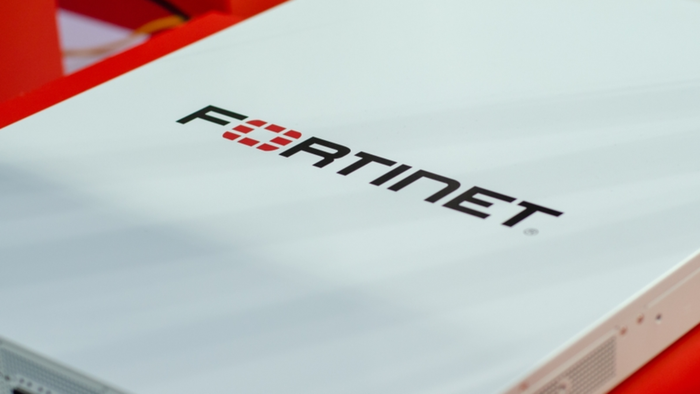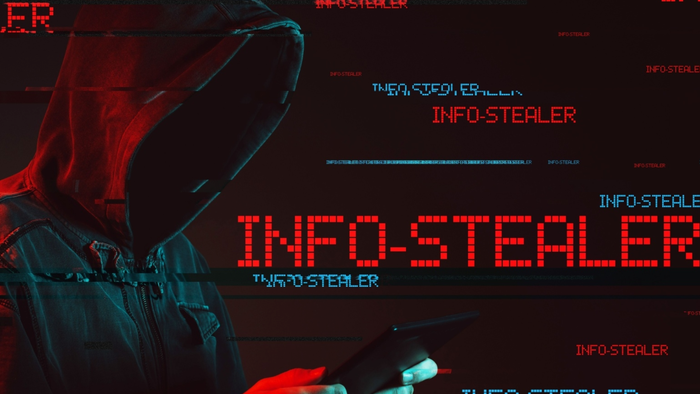Securing Customers' Trust With SOC 2 Type II ComplianceSecuring Customers' Trust With SOC 2 Type II Compliance
Audit compliance not only demonstrates commitment to data security and privacy but also builds trust with customers and stakeholders.
_NicoElNino_Alamy.jpg?width=1280&auto=webp&quality=95&format=jpg&disable=upscale)
COMMENTARY
The data collected through the growing adoption of digital technologies presents enterprises with a chance to enhance their engagement strategies and a gives them a duty to ensure the security of customer information.
A recent survey conducted by McKinsey shows the growing awareness among consumers about privacy rights, with 87% of respondents indicating they would not do business with an organization if they had concerns about its security practices. Given this increasing public awareness, the approach businesses take toward managing data and privacy can serve as a key differentiator and even provide a strategic advantage in the marketplace.
Service Organization Control 2 (SOC 2) is an auditing procedure that ensures service providers securely manage data to protect the privacy of their clients and the interests of the organization. It serves as a benchmark for service-oriented businesses to showcase their dedication to the highest standards of data security.
Steps Toward SOC 2 Type II Compliance
Achieving SOC 2 Type II compliance can be a daunting task. Here's a comprehensive road map to assist companies in navigating this journey more smoothly:
1. Understand the Requirements
Understanding the specific requirements of SOC 2 Type II involves familiarizing yourself with the five trust service criteria (TSC) — security, availability, processing integrity, confidentiality, and privacy — and determining which apply to your organization's operations.
2. Conduct a Gap Analysis
A thorough gap analysis, covering all aspects of your operations, from IT infrastructure to employee training programs, helps identify areas where your current controls may fall short of SOC 2 standards. Automate this process by collecting data across various systems and generating reports that highlight discrepancies between current practices and SOC 2 standards.
3. Develop and Implement Controls
Following your gap analysis, develop applications or workflows that address identified gaps without the need for extensive coding — including automating compliance processes, enhancing data protection measures, or streamlining access controls — making it easier to tailor solutions to your organization's specific needs.
4. Document Policies and Procedures
Documentation is a critical component of SOC 2 Type II compliance. It's not enough to have controls in place; you must also have documented policies and procedures that describe how these controls are implemented and maintained. Creating and managing documentation can help organize policies and procedures in an easily accessible manner, ensuring that they are up to date and readily available for both your team and auditors.
5. Engage in Continuous Monitoring
SOC 2 Type II requires evidence of continuous monitoring and effectiveness of controls over time. Set up automated monitoring systems to track the performance of your controls in real-time, alerting you to any issues immediately, which helps in maintaining continuous compliance and addressing problems promptly.
6. Choose a Qualified Auditor
Selecting the right auditor is crucial for a successful SOC 2 Type II audit. Look for auditors with experience in your industry and a deep understanding of the SOC 2 framework. The right auditor will not only assess your compliance but can also provide insights that help improve your security posture.
7. Prepare for the Audit
Preparation is key to a successful audit. Organize documentation, controls evidence, and compliance reports in a centralized database. This ensures that all necessary information is easily accessible and can be presented efficiently during the audit.
8. Continuous Improvement
Compliance with SOC 2 Type II is not a one-time event but an ongoing commitment. By automating this process, you can enable quick adjustments to workflows, policies, and controls, allowing your organization to stay agile and adapt to new threats, regulatory changes, or business growth, without the need for extensive coding resources.
Secure the Future with Customers' Trust
Achieving SOC 2 Type II compliance is a significant undertaking, but enterprises can improve the efficiency and accuracy of audits by streamlining data collection, verification, and anomaly detection processes via unified workflow automation, automated reports and dashboards, and single-source data storage that eliminates out-of-sync or duplicate data. Audit compliance is an investment in a company's future. It not only demonstrates the commitment to data security and privacy but also builds trust with customers and stakeholders. By following these steps and fostering a culture of continuous improvement, organizations can navigate the SOC 2 Type II compliance process more effectively and establish themselves as leaders in data security.
About the Author
You May Also Like




